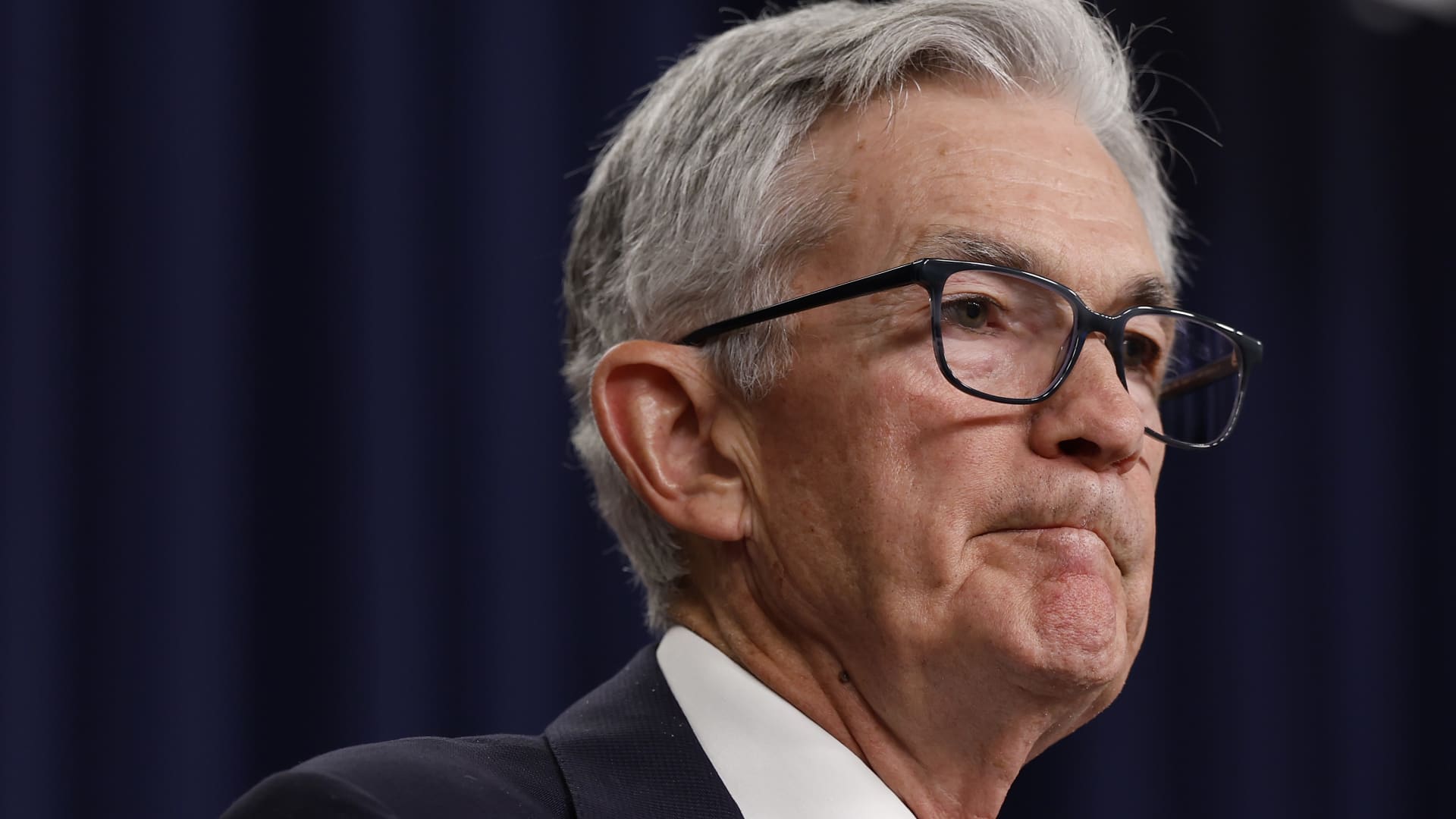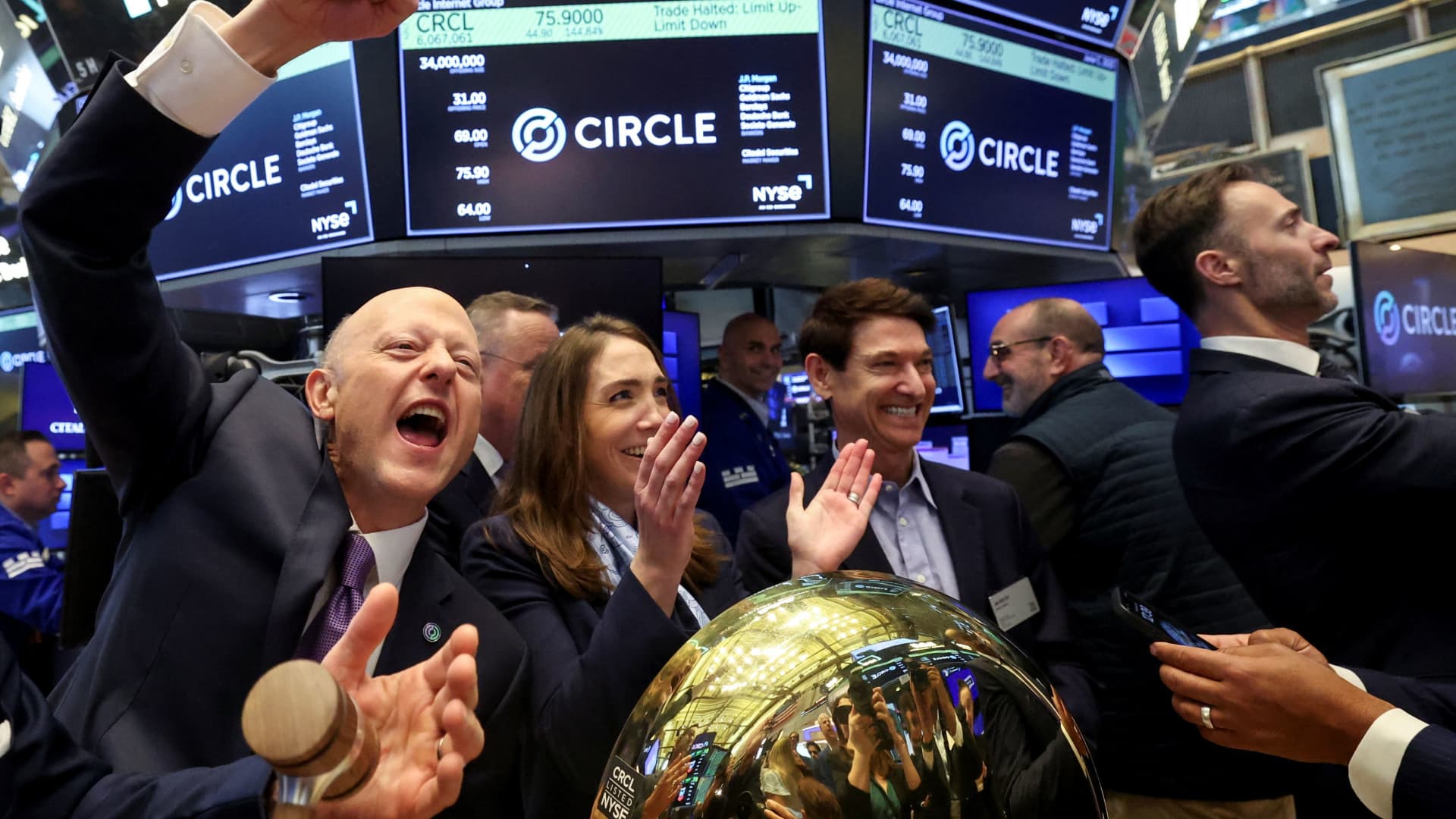WASHINGTON – Federal Reserve officials at their September meeting agreed to cut interest rates but were unsure how aggressive to get, ultimately deciding on a half percentage point move in an effort to balance confidence on inflation with worries over the labor market, according to minutes released Wednesday.
The meeting summary detailed reasons that policymakers decided to approve a jumbo rate cut of 50 basis points for the first time in more than four years, and showed members divided over the economic outlook.
Some officials hoped for a smaller, quarter percentage point reduction as they sought assurance that inflation was moving sustainably lower and were less worried about the jobs picture.
Ultimately, only one Federal Open Market Committee member, Governor Michelle Bowman, voted against the half-point cut, saying she would have preferred a quarter point. But the minutes indicated that others also favored a smaller move. It was the first time a governor had dissented on an interest rate vote since 2005 for a Fed known for its unity on monetary policy.
“Some participants observed that they would have preferred a 25 basis point reduction of the target range at this meeting, and a few others indicated that they could have supported such a decision,” the minutes stated.
“Several participants noted that a 25 basis point reduction would be in line with a gradual path of policy normalization that would allow policymakers time to assess the degree of policy restrictiveness as the economy evolved,” the document added. “A few participants also added that a 25 basis point move could signal a more predictable path of policy normalization.”
Markets moved little following the release, with major averages continuing on pace for big gains.
Since the meeting, economic indicators have showed that the labor market is perhaps stronger than officials favoring the 50 basis point move had expected.
In September, nonfarm payrolls increased by 254,000, much more than expected, while the unemployment rate dipped to 4.1%.
The data has helped cement expectations that while the Fed likely is in the early days of an easing cycle, future cuts likely would not be as aggressive as the September move. Chair Jerome Powell and other Fed officials in recent days have backed the expected 50 basis points in reductions by the end of 2024 as indicated by the “dot plot” unofficial forecast released after the September meeting.
The minutes noted that the vote to approve the 50 basis point cut came “in light of the progress on inflation and the balance of risks” against the labor market. The minutes noted that “a substantial majority of participants” favored the larger move, without specifying how many were opposed. The term “participants” suggests involvement of the full FOMC rather than just the 12 voters.
The minutes also noted that some members favored a reduction at the July meeting that never materialized.
Though the document was more detailed about the debate over whether to approve the 25 basis point cut, there was not as much information about why voters supported the larger move.
At his post-meeting news conference, Powell used the term “recalibration” to sum up the decision to cut, and the term also appears in the minutes.
“Participants emphasized that it was important to communicate that the recalibration of the stance of policy at this meeting should not be interpreted as evidence of a less favorable economic outlook or as a signal that the pace of policy easing would be more rapid than participants’ assessments of the appropriate path,” the minutes stated.
Such a recalibration would bring policy “into better alignment with recent indicators of inflation and the labor market.” Supporters of the 50 basis point cut “also emphasized that such a move would help sustain the strength in the economy and the labor market while continuing to promote progress on inflation, and would reflect the balance of risks.”
Under normal circumstances, the Fed prefers to cut in quarter-point increments. Previously, the central bank moved by half a point only during Covid and, before that, the 2008 financial crisis.
Market pricing is pointing to the fed funds rate ending 2025 in the 3.25%-3.5% range, about in line with the median projection of a 3.4% rate, according to the CME Group’s FedWatch. Futures markets previously had been indicating a more aggressive path and in fact now are pricing in about a 1-in-5 chance that the Fed does not cut at its Nov. 6-7 meeting.
The bond market, though, has been acting differently. Since the Fed meeting, both the 10- and 2-year Treasury yields have surged about 40 basis points.

 Blog Post1 week ago
Blog Post1 week ago
 Economics1 week ago
Economics1 week ago
 Finance1 week ago
Finance1 week ago
 Economics1 week ago
Economics1 week ago
 Economics1 week ago
Economics1 week ago
 Personal Finance1 week ago
Personal Finance1 week ago
 Accounting1 week ago
Accounting1 week ago
 Economics1 week ago
Economics1 week ago









